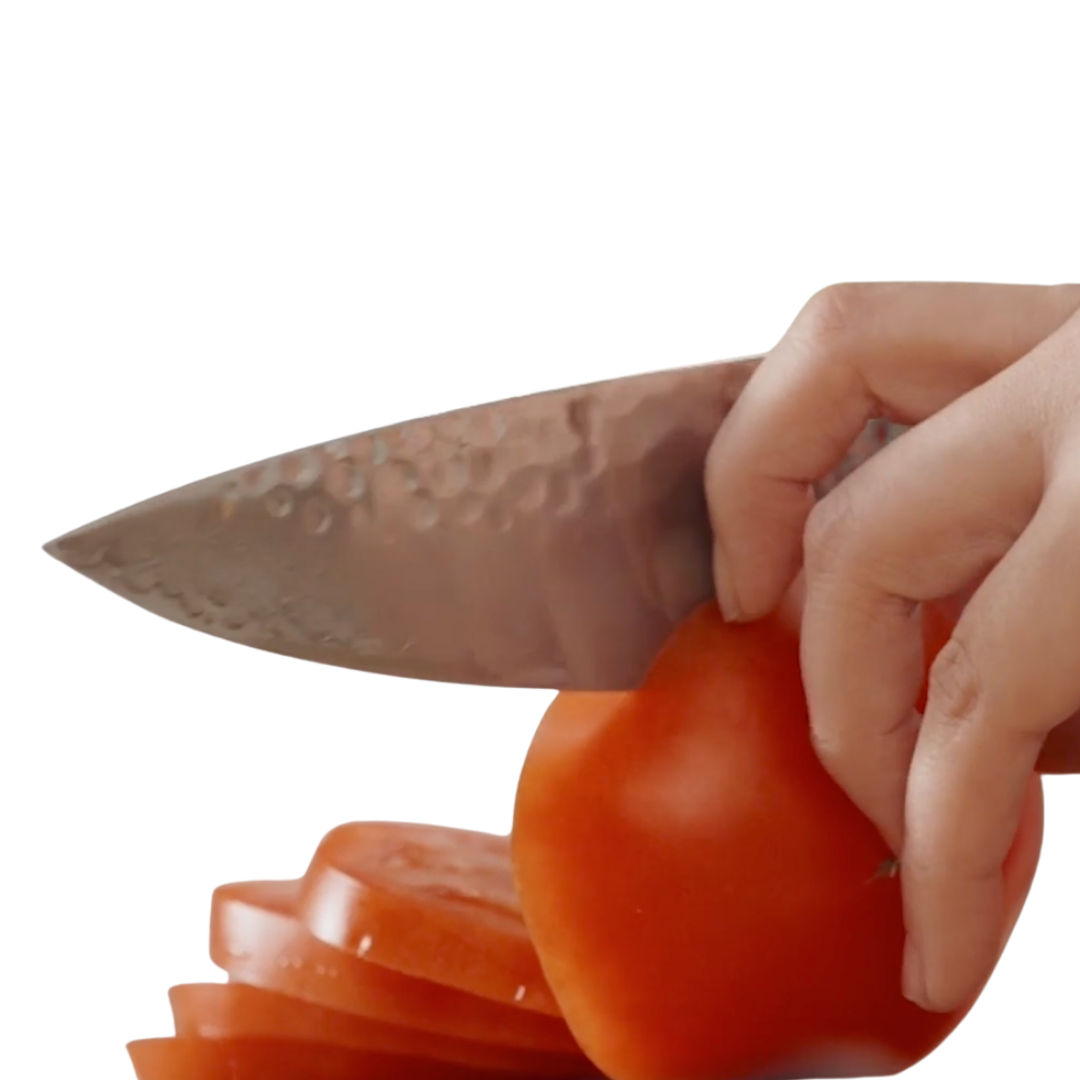The following is an excerpt from The Cheese Trap: How Breaking a Surprising Addiction Will Help You Lose Weight, Gain Energy, and Get Healthy, which was released by Hachette Book Group.
Which foods do you find most addictive? That’s the question University of Michigan researchers asked. The idea was, which foods lead you to lose control over how much you eat? Which ones are hard to limit? Which ones do you eat despite negative consequences? The researchers surveyed 384 people and here is what they found:
Problem food #5 is ice cream.
Problem food #4 is cookies.
Chips and chocolate were tied for #3 and #2.
But the most problematic food of all was—drum roll, please—pizza. Yes, gooey cheese melting over a hot crust and dribbling down your fingers—it beat everything else.
And here is what matters: The question was not, which foods do you especially like, or which foods leave you feeling good and satisfied. Rather, the question was, which foods do you have a problem with? Which ones lead you into overeating, gaining weight, and feeling lousy? Which foods seduce you, then leave you with regrets?
So, why did pizza top the list? Why are we so often tempted to dig in and overdo it?
Three reasons: salt, grease, and opiates.
As you have no doubt experienced, salty foods can be habit-forming. French fries, salted peanuts, pretzels, and other salty foods are hard to resist, and food manufacturers know that adding salt to a recipe adds cash to the register. A Lay’s potato chips commercial in the 1960s said, “Bet you can’t eat one”—meaning it’s impossible to eat just one. Once the first salty chip passes your lips, you want more and more.
Your body does need some salt—about a gram and a half per day, according to U.S. health guidelines. In prehistoric times, however, salt was not so easy to come by. After all, potato chips and pretzels had not yet been invented. So people who managed to get their hands on salt were more likely to survive. Your neurological circuitry is set up to detect it, crave it, and jump in when you’ve found it.
As you will remember from fifth-grade biology, your tongue is very sensitive to the taste of salt. And brain scanning studies show that your brain is extra attuned to it, too. Deep inside the brain, in what is commonly called the “reward center,” brain cells make the feel-good neurotransmitter dopamine, and in certain situations it floods out of the cells, stimulating neighboring cells. If you find a particularly abundant source of food, your brain rewards you by releasing some dopamine. If you were to have—shall we say—a romantic, intimate encounter, your brain has a similar reaction. It gives you more dopamine. Dopamine rewards you for doing things that help you or your progeny to live on. And scientists believe that dopamine plays a role in our desire for salt.
So is there really a lot of salt in pizza? A fourteen-inch Domino’s cheese pizza has—catch this—3,391 milligrams of sodium. Just one slice delivers 400 milligrams. It’s in the crust and in the toppings, and there is a lot in the cheese. So salt is one of the reasons that pizza attracts us.
Pizza is also greasy, and that greasy-salty combination seems to get us hooked, too, just as it does for chips, fries, and onion rings. But pizza has one more thing. It has cheese, and cheese not only contributes its own load of salt and grease. It also contains traces of a very special kind of opiate.
Casomorphins
[In an earlier chapter of The Cheese Trap], I briefly mentioned casein, the protein that is concentrated in cheese. And casein has some secrets to tell.
If you were to look at a protein molecule with a powerful microscope, it would look like a long string of beads. Each “bead” is a protein building block called an amino acid, and, during digestion, the individual amino acids come apart and are absorbed into your bloodstream so that your body can use them to build proteins of its own.
So the calf digests the proteins in milk, breaking apart the chain of beads and using these amino acids to build skin cells, muscle cells, organs, and the other parts of the body.
However, casein is an unusual protein. While it does break apart to release individual beads, it also releases longer fragments—chains that might be four, five, or seven amino acid beads in length. These casein fragments are called casomorphins—that is, casein-derived morphine-like compounds. And they can attach to the same brain receptors that heroin and other narcotics attach to.
In other words, dairy protein has opiate molecules built right into it.
Opiates in dairy products? What the heck are they doing there, you might ask. Well, imagine if a calf did not want to nurse. Or if a human baby was not interested in nursing. They would not do very well. So, along with protein, fat, sugar, and a sprinkling of hormones, milk contains opiates that reward the baby for nursing.
Have you ever looked at a nursing baby’s face? The infant has a look of great intensity and then collapses into sleep. Of course, we imagine that to be the beauty of the mother-infant bond. But the fact is, mother’s milk delivers a mild drug to the child, albeit in a benign and loving way. If that sounds coldly biological, it pays to remember that nature never leaves anything as important as a baby’s survival to chance.
Opiates have a calming effect, and they also cause the brain to release dopamine, leading to a sense of reward and pleasure.
A cup of milk contains about 7.7 grams of protein, 80 percent of which is casein, more or less. Turning it into Cheddar cheese multiplies the protein content seven-fold, to 56 grams. It is the most concentrated form of casein in any food in the grocery store.
Call it dairy crack. Just as cocaine manufacturers have found ways to turn an addictive drug (cocaine) into an extremely addictive one (crack), dairy producers have found their own ways to keep you coming back. In the Middle Ages, cheese makers had no idea that cheese might concentrate milk’s addictive qualities. But today’s cheese industry knows all about cheese craving and is eager to exploit it. It is doing its level best to trigger cheese craving in vulnerable people.
Related News
Get Our Best Price On The Forks Meal Planner

Forks Meal Planner takes the guess work out of making nutritious meals the whole family will enjoy.
Master Plant-Based Cooking!

Our new course features over 100 lessons, 50+ recipes, downloadable guides, and more!




